Having completed a degree in painting, I’ve always been inclined to think visually. The concept of depicting wine is hardly new, but much of what I’d seen—illustrations of wine flavours or photographs of fruit clumps stuffed into wineglasses or strewn around bottles—always struck me as simply visual translations of verbal notes. They seemed too literal, as if the experience of a wine could be recreated by tipping a glassful of fruit and nuts into a blender.
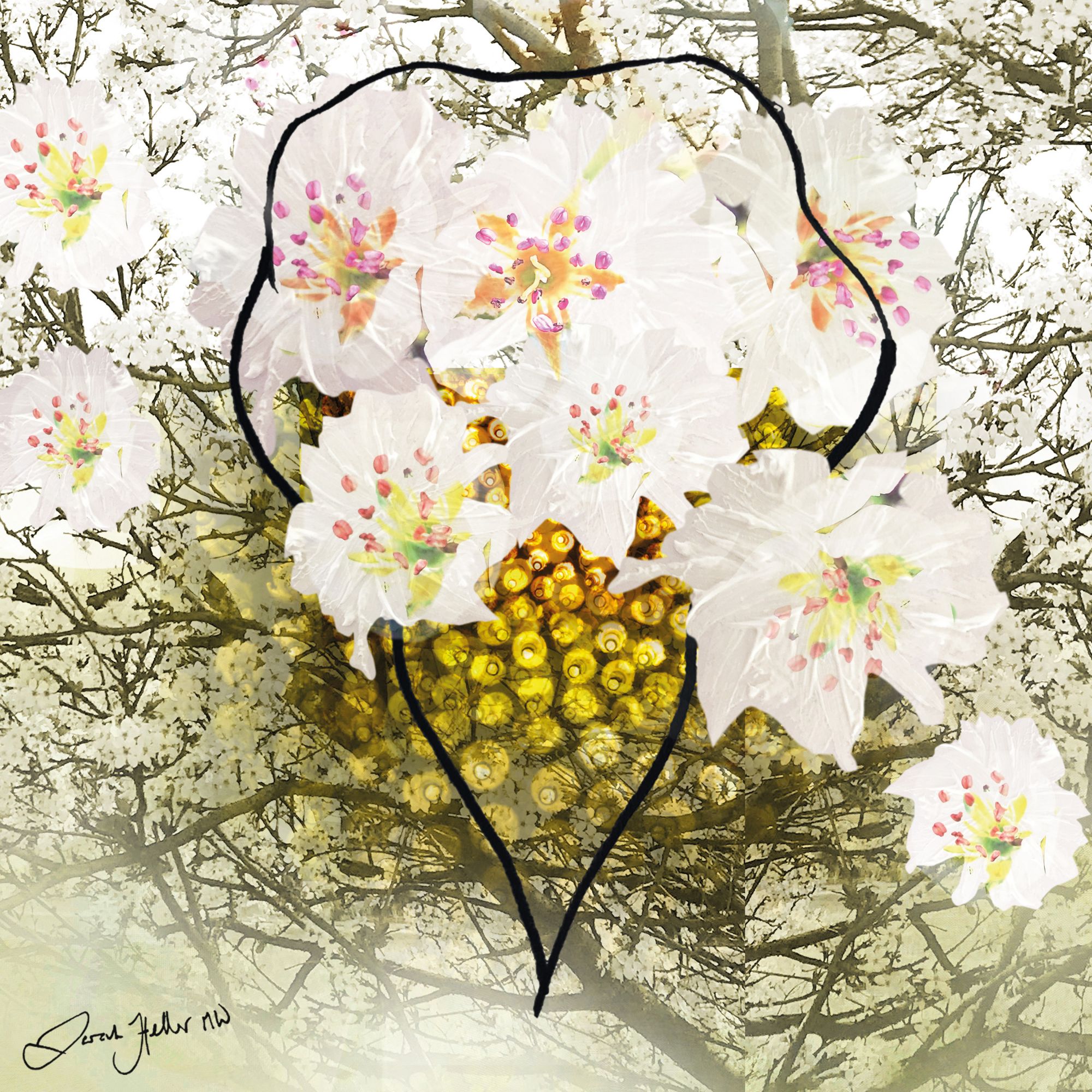
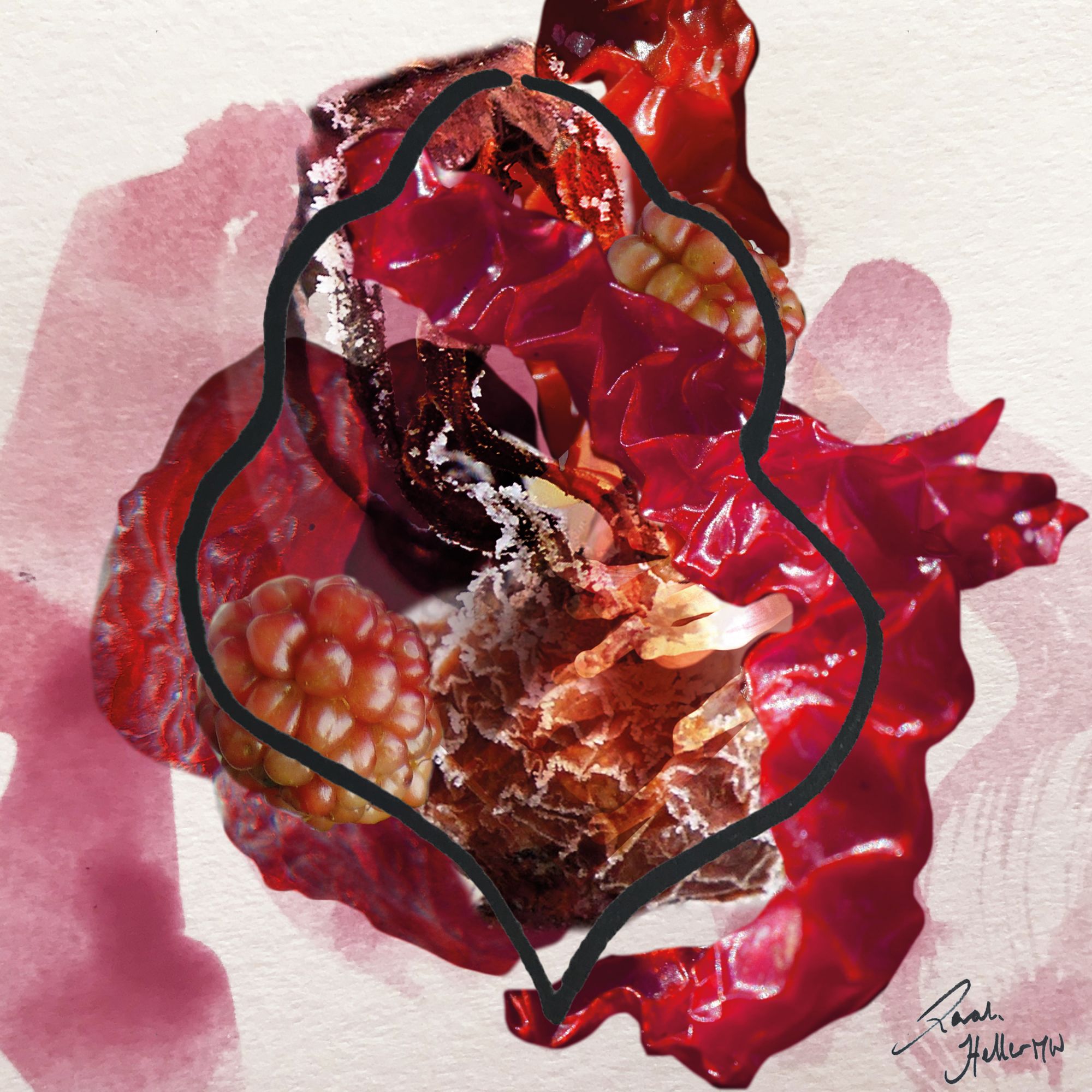
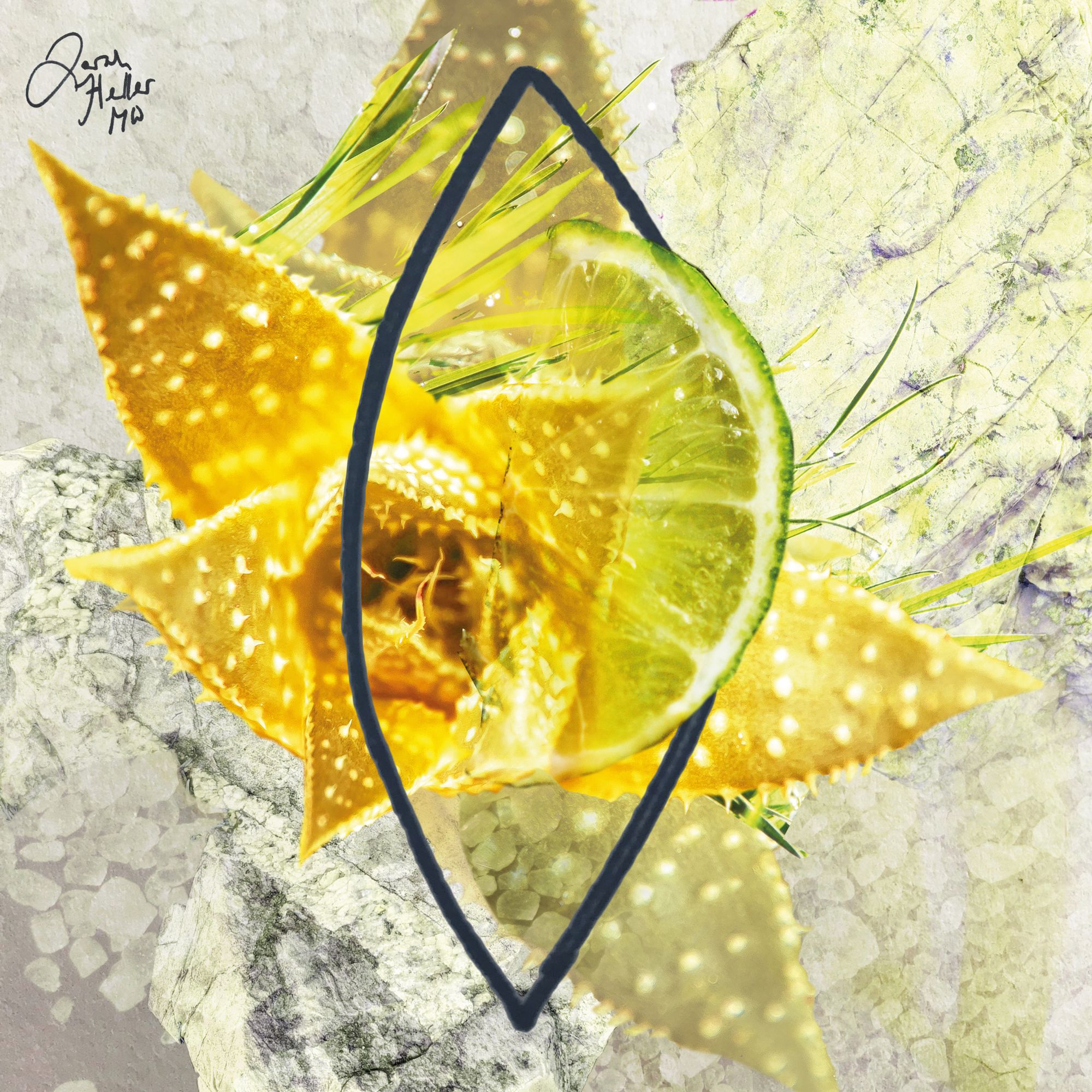
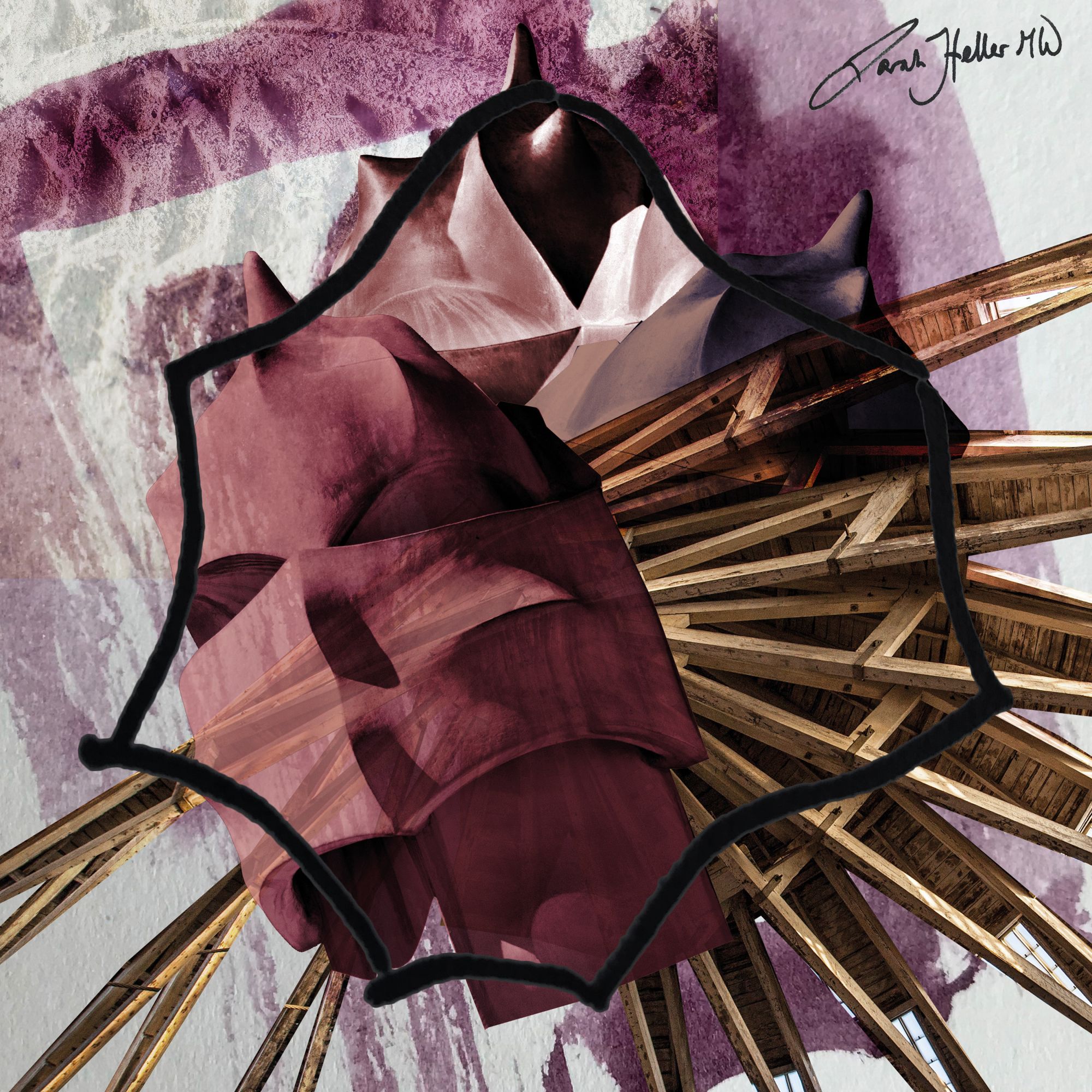
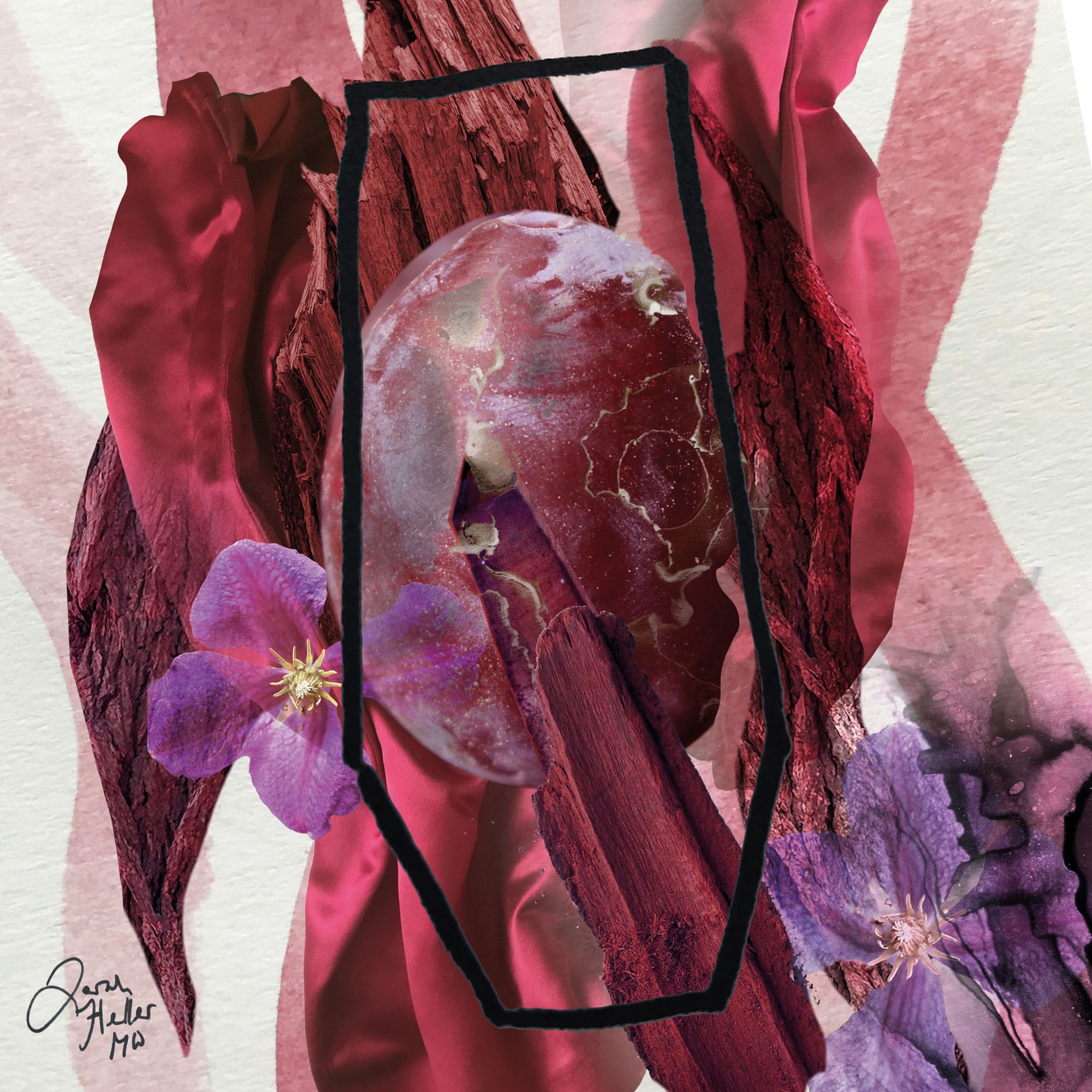
To my mind, shape is a concatenation of the acid and tannin structure, the body and the aromatic intensity as they’re experienced in time, going from top to bottom
The project so far has been an exciting trip back into the world of art and a thrilling merging of my earlier life with my current one. The response has been fascinating, with Chinese collectors and curators especially intrigued by something they see as a very natural combination. Interestingly, the second most interested group has been Australians, who’ve applauded the embrace of individual experience over technical analysis. Hopefully, as we show them in more and more venues, the cumulative feedback will help build something that truly resonates.













